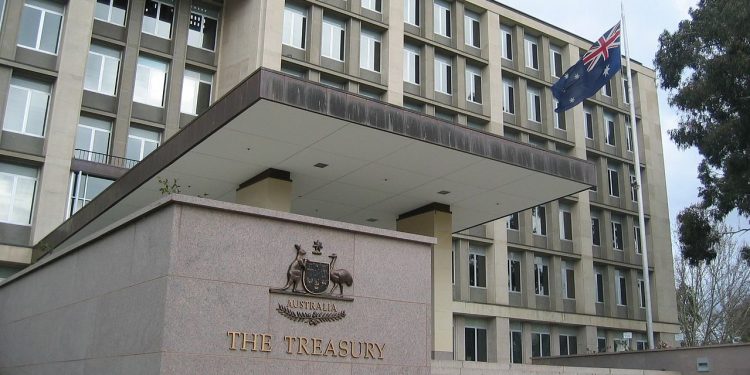Climate Related Financial Disclosure Framework
The Australian Treasury has released a consultation document on the climate related financial disclosure framework, aimed at establishing international standards for climate disclosure and sustainable reporting, and reducing the impact of climate change on the financial system.
The Treasury has solicited opinions on this issue last year. Stakeholders generally support the plan of mandatory disclosure of climate risks, and hope to introduce a standardized reporting framework, requiring enterprises to disclose information on governance, strategy, risk management, metrics, etc. Previously, International Financial Reporting Standards (IFRS) released the General Requirements for Disclosure of Sustainability-related Financial Information (IFRS S1), which can be used as an vital reference for standard formulation.
Related Post: Deep Dive on IFRS General Requirements for Disclosure of Sustainability-related Financial Information
Disclosure Entities and Relevant Requirements
The consultation document on the climate related financial disclosure framework will designate the disclosure entities as large companies and financial institutions, and plan to expand the scope of disclosure over time. The disclosure will follow the material principle, and companies needs to disclose physical and transitional risks.
Due to the consensus among stakeholders in previous consultation regarding the phased implementation of disclosure, the Treasury plans to divide it into three stages.
- Phase 1: From 2024 to 2025, the company meets two of three conditions – more than 500 employees, asset value exceeding $1 billion, and revenue exceeding $500 million.
- Phase 2: From 2026 to 2027, the company meets two out of three conditions – over 250 employees, asset value exceeding $500 million, and revenue exceeding $200 million.
- Phase 3: From 2027 to 2028, the company meets two of the three conditions – more than 100 employees, asset value exceeding $25 million, and revenue exceeding $50 million.

Contents of Climate Related Financial Disclosure Framework
The Treasury believes that climate related financial disclosures can enable investors to understand and evaluate the climate related risks and opportunities faced by companies, as well as how companies manage, plan, and adapt to these risks and opportunities. These disclosures can also support regulators in assessing broader systematic risk.
In order to follow international standards, the disclosure framework will be divided into four aspects: governance, strategy, risk management and metrics. The disclosure contents of each aspect are as follows:
- Governance: Companies need to disclose the governance processes used to monitor and manage climate related risks and opportunities, and explain how this information is incorporated into decision-making processes, as well as whether climate related indicators are linked to remuneration.
- Strategy: Companies need to disclose the impact of climate risks on business models, value chains, business decisions and financial conditions, and report these impacts by means of scenario analysis. In addition, the company needs to disclose the transition plan and explain the climate related goals and their implementation status in it.
- Risk management: Companies need to disclose climate risk information related to their business, as well as how to identify, evaluate, and manage these risks. Disclosure also needs to include supply chain risks and expected timeframes.
- Metrics: Companies need to disclose information such as greenhouse gas emissions (Scope 1, 2, 3), among which all companies need to disclose Scope 1, 2, and Scope 3 disclosure can be delayed by one year. Companies located in specific industries also need to disclose industry related climate indicators.
Execution of Climate Related Financial Disclosure Framework
All companies that meet the disclosure standards are required to disclose climate information in their annual reports, which can be concentrated on financial reports or separately prepared for sustainability reporting. At the same time, listed companies also need to timely disclose important climate information directly related to their performance in order to maintain information transparency.
The Treasury plans to implement new regulatory policies for third-party verification of information, in order to audit these climate disclosures.
Reference:








